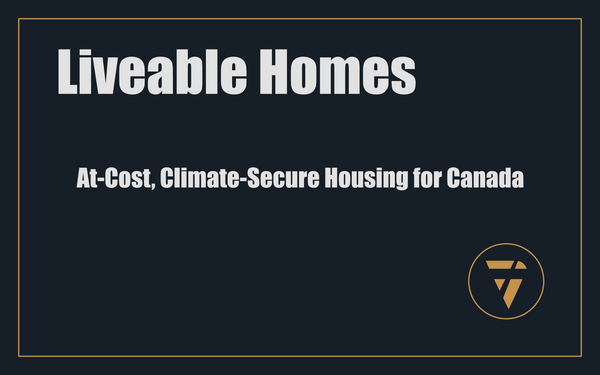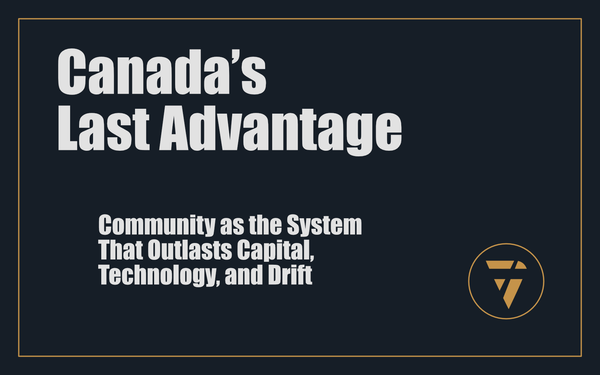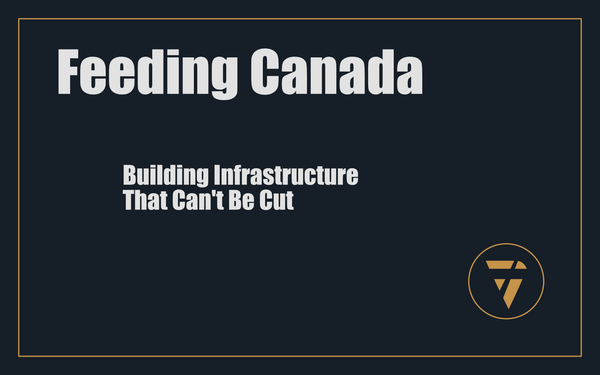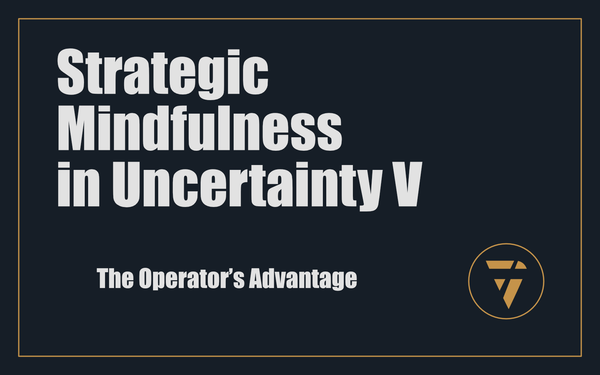Energy Systems That Survive
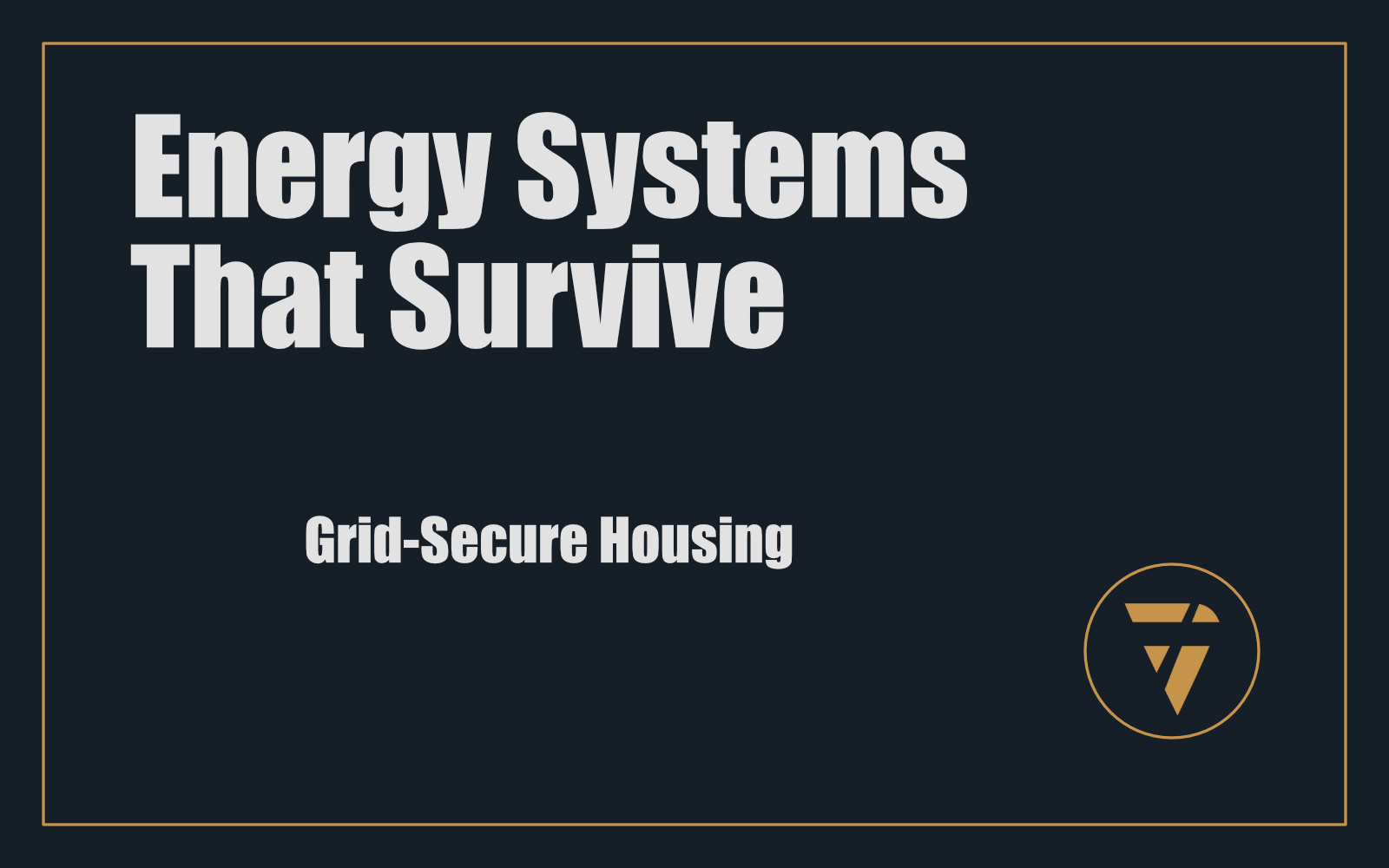
Grid-Secure Housing
Solar + batteries + intelligent microgrid design = real resilience
They built your house to fail when you need it most.
Power goes down in a storm? So does your heat. So does your fridge. So does your safety.
But it doesn’t have to. We already have the technology to outlast the grid—solar, batteries, intelligent microgrids. Homes that power themselves, prioritize essentials, and stay online when everything else goes dark.
This isn’t a hypothetical. It’s the standard in places that plan to survive. It’s already running. It’s powering rural microgrids across North America. And it costs less than rebuilding after failure.
We don’t lack the tools. We lack the will.
This is how we take it back.
1. Why Grid Failure Is Not Impossible
Climate disasters, cyberattacks, or equipment failure can bring a grid down for days or weeks. Relying on traditional HVAC or utilities during a crisis is a gamble—and you’re holding the losing ticket.
Surviving the next crash means self-sufficiency. That starts with your own microgrid.
2. Modular Solar + Battery: The Core of Resilience ⚡
Residential solar + battery storage systems create a microgrid at the house scale. Panels generate power, batteries store it, and smart inverters manage power flow. When the grid is active, they reduce bills; when it fails, they keep the lights and essentials on.
- Automatic islanding: advanced inverters detect grid outage and switch to stand-alone mode seamlessly
- Smart load-shedding: systems deprioritize non-critical circuits to preserve battery juice for critical systems
- Real-time control: microgrid controllers optimize supply and demand, maximizing battery life and grid independence
Outcome: light, refrigeration, communication, and passive survivability measures remain active—regardless of the grid.
3. Scaling Up: Microgrid Topologies for Communities
When several homes, units, or buildings share solar and storage, you form a true microgrid:
- Grid-connected mode: feeds surplus to the utility, supports demand peaks
- Islanding mode: stays powered locally during broader outages
Large projects like Colorado’s Basalt Vista show how microgrid clusters can power entire communities, stabilize grids, and save 25% or more on energy costs.
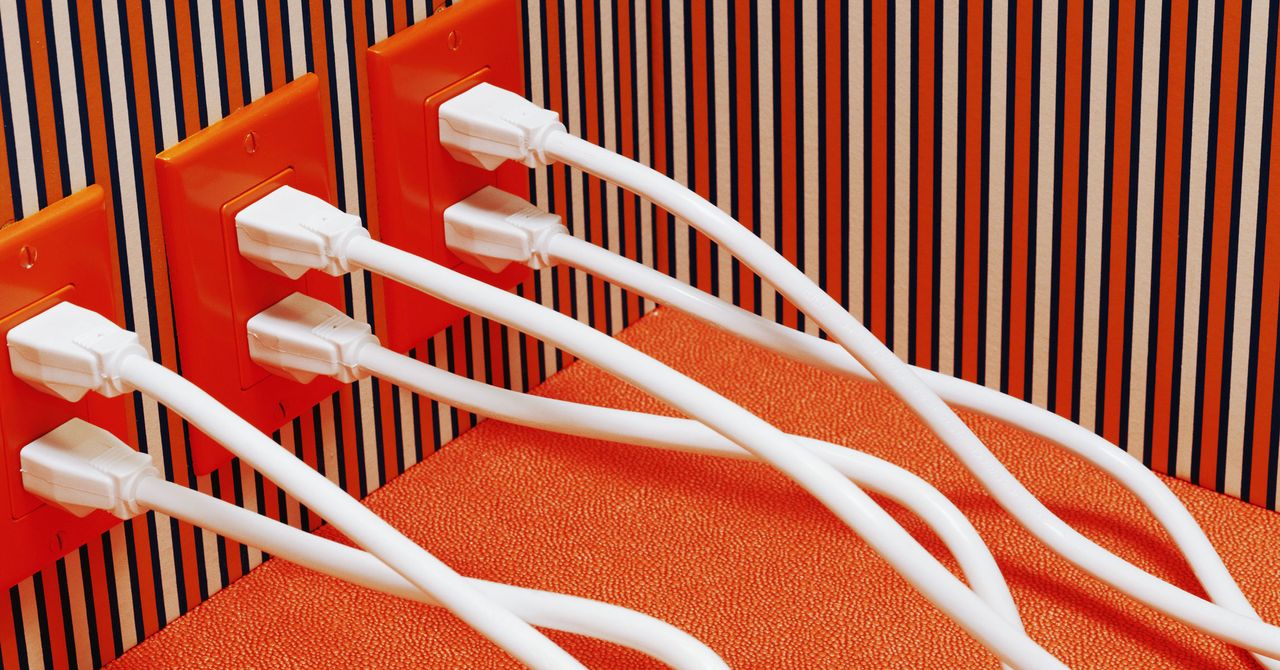
Such systems bring grid-grade resilience to housing developments—no generators, no fuel needed.
4. Manitoba Hydro Place: A Blueprint for Resilience
Winnipeg’s Manitoba Hydro Place (MHP) blends passive design with active resilience:
- Solar chimney & double façade for natural ventilation
- Geothermal field: 280 boreholes supporting radiant and ventilation systems
- Building automation: 130+ metering points managed intelligently
- Achieves 70% energy savings compared to conventional towers
MHP can run independently even during extreme weather—and fast-move between islanded and grid modes. It proves resilience is achievable at scale.
5. Technical Layering for True Robustness
A true grid-survivable energy system combines:
| Layer | Technology | Purpose in Grid-Down Scenario |
|---|---|---|
| Solar PV | Roof or ground systems | Primary daytime energy |
| Battery Storage | AC-coupled systems, 10–20 kWh+ | Overnight and multi-day backup |
| Smart Inverter | Grid-forming (e.g., IQ8) | Seamless islanding, black start |
| Load Controller | Manual or automatic | Prioritize critical circuits |
| Microgrid Controller | Real-time scheduling | Maximize battery life, resilience |
| Optional Gen or Fuel Cell | Tiered backup | Extended autonomy if needed |
Together, this package ensures continuous power for essential systems, supporting survivability—even when the grid is dead.
6. Addressing Grid Failures
During blackouts, frequency and voltage drop rapidly. Battery systems with grid-forming inverters can stabilize them. Microgrids smooth dips and peaks, reducing brownouts and scaling down load shedding.
By storing enough energy for multiple days, loads can be ramped deliberately, avoiding lifecycle stress and ensuring critical systems (e.g., medical devices) remain powered.
7. ROI and Real-World Adoption
Home-scale solar + battery systems:
- Cost $20k–40k before incentives
- Return in 7–12 years via savings
- Add disaster protection beyond everyday finance
Community cluster microgrids:
- Save ~25% on energy costs
- Improve grid reliability
- Create low-impact, scalable resilience models
MHP uses integrated design to lower reliance on centralised power and demonstrate resilience by design.
8. Our Path Forward
For climate-secure housing, every development must:
- Include solar + battery sizing for 3+ days autonomy
- Use grid-forming inverters and load controls
- Configure nanogrid or microgrid architecture with clear islanding
- Automate via predictive scheduling and demand side management
Policy and developers must pivot:
- Mandate solar+storage for new builds over 5 units
- Provide incentives for grid-resilient systems
- Authorize shared microgrids for community resilience
9. Conclusion: A Grid-Independent Home Is a Safe Home
You don’t need a power plant in your basement. You need smart design, intelligent systems, and autonomy.
Solar, battery, smart grids—these aren’t luxuries. They are the infrastructure we need to build resilience into our future.
The next blackout is coming. Our homes must not fail with the grid.
This is what I’m working on. Tell me what you think, I enjoy the conversation! Subscribe and follow the work in real time.
Thanks!
B

Your house depends on a grid that’s going to fail. And when it does, so does your safety.
Solar. Batteries. Microgrids. Load logic.
The technology exists. Survivable homes are possible.
We just don’t build them.
PS -




